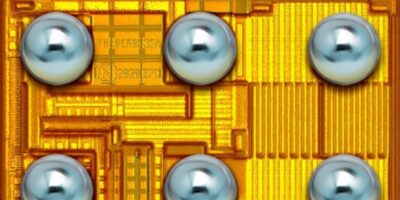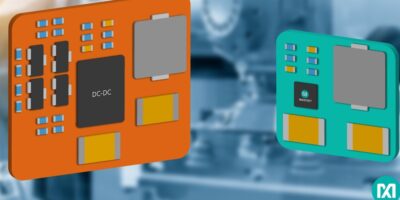Integration is accelerated with the Pentek Model 8256 3U VPX platform which has been developed with several partners and key contributors to the emerging SOSA (Sensors Open System Architecture) technical standard.
The Model 8256 VPX platform has the intelligent platform management interface (IPMI) and connectivity for RF and optical interfaces. The eight 3U VPX slots can be used for a variety of acquisition and processing modules. The Model 8256 is a ready-to-run development platform for Pentek’s Models 5550 and 5553 eight-channel A/D and D/A Zynq UltraScale+ RFSoC processors. It can be used for application development with Pentek’s Quartz RFSoC data acquisition and processing boards.
Several Pentek partners and key contributors to the emerging SOSA Technical Standard are involved in the development of this platform. Pentek teamed up with Elma Electronic for backplane and system management components, Interface Concept for backplane switch modules, Concurrent Technologies for single board computer modules, and Crossfield Technology for IPMI and chassis management support; all specifically designed to be in alignment with the SOSA Technical Standard.
The Open Group SOSA Consortium created a common framework, the emerging SOSA Technical Standard, for sensor systems based on key interfaces and open standards established by industry-government consensus. The forthcoming SOSA Technical Standard implements numerous VITA standards that are reflected in the Pentek Model 8256 configuration which also takes advantage of several advanced features including cooling, platform system management and RF/optical interface options.
The Model 8256’s built-in forced-air cooling is designed to support conduction-cooled boards in a standard 19-inch rackmount profile chassis. This provides the convenience of development on conduction-cooled boards in a desktop or laboratory environment.
Pentek’s SOSA aligned development chassis uses VITA 46.11 and HOST-aligned chassis management module (CMM). This CMM is software upgradeable to the forthcoming SOSA v1.0 standards. SOSA-aligned systems will feature, and the CMM will enable, meaningful integration between the functional elements (SOSA modules) and the system manager, the CMM and every plug-in card (PIC).
Each RF payload slot in the Model 8256 can be optioned with 20 coaxial breakout connectors located on the back panel of the chassis providing direct connections to the VITA 67.3C backplane connector. In addition, each RF payload slot can be optioned with two rear panel MPO adapters to provide access to the VITA 67.3C dual optical interfaces.
Pentek said that customers can be up and running quickly because there are no initial start-up and configuration issues. To reduce the development effort and risk, Pentek offers integration assistance to select and configure modules.
The Model 8526 platform includes a backplane from Elma Electronic. Ken Grob, director of embedded computing, Elma Electronic, said “This SOSA-aligned development platform is delivered ready-to-use and tested, saving engineers much needed development time”.
Concurrent Technologies provided the single board computer. “The Model 8256 is an ideal development platform for Pentek’s Models 5550 and 5553 eight-channel A/D and D/A Zynq UltraScale+ RFSoC 3U VPX processors in conjunction with our compute intensive TR H4x single board computer,” said Brent Salgat, president, Concurrent Technologies. The modules and platform are particularly suitable for radar, electronic warfare, signals intelligence, electro-optical and communications applications, added the company.
“The MOSA-aligned goals of the emerging SOSA Technical Standard go beyond common OpenVPX hardware slot profiles,” observed Terry Hulett, products general manager, Crossfield Technology. “To be truly interoperable with each other, the system software must have common access and interfaces into system management functions, he said. “Pentek’s Model 8256 development platform not only provides access to leading edge hardware, but does so with open-standards-based chassis management capabilities for just such common access.”
The Model 8256 is immediately available. Several options for Quartz RFSoC data acquisition and processing boards, RF and optical interconnections are possible. Pentek integration assistance is available to select and configure modules that are most appropriate for prototyping specific applications.







